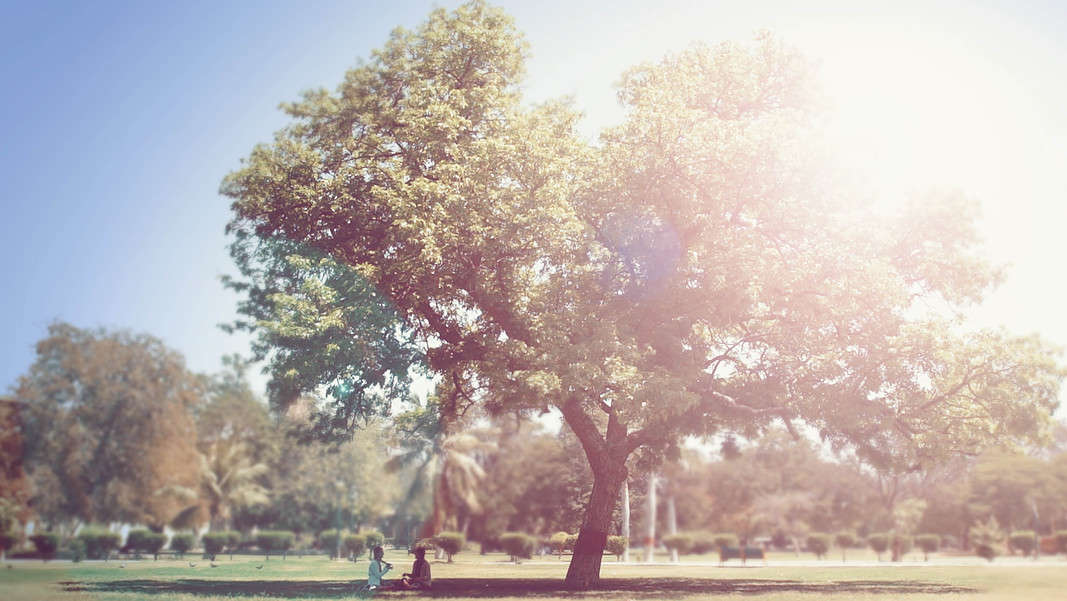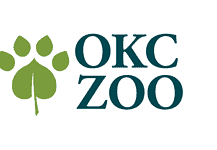Last Updated on January 29, 2024, 12:08 AM | Published: January 29, 2024
Oklahoma Contemporary Arts Center sends this information as posted below:
HOME1947: Sharmeen Obaid Chinoy exhibition recreating historical chapter of the Partition of India and Pakistan to open at Oklahoma Contemporary.
Opening Feb. 22 in the Eleanor Kirkpatrick Main Gallery, HOME1947: Sharmeen Obaid Chinoy explores the lives and stories of the millions displaced during the August 1947 Partition that created the two independent nation-states of India and Pakistan. Through a series of short documentary and narrative films, virtual reality, photographs, oral histories, archival objects and documents, as well as immersive, multi-sensory installation components, this exhibition aims to craft spaces that capture visual memories of the shared human experience.
“HOME1947 is an ode to my grandparents’ generation whose stories I grew up listening to,” Pakistani Canadian filmmaker Sharmeen Obaid Chinoy says. “As [visitors] walk through the installation, [they can] imagine the journeys people made, the conversations that were interrupted, the broken friendships and promises, the playgrounds children left behind, the empty corridors of their homes, and those suitcases of memories locked away forever. HOME1947 is a deeply personal reflection of the events of 1947.”
Obaid Chinoy originally produced HOME1947 as a commission for a showcase at the prestigious Manchester International Festival in 2017, marking the 70th anniversary of Partition. In 2007, the filmmaker co-founded The Citizens Archive of Pakistan (CAP) to initiate the compilation of oral histories and historical research, archiving nearly 300 years of life on the subcontinent. For the North American debut of the exhibition at Oklahoma Contemporary, Obaid Chinoy added two new short films as well as new archival material selected in partnership with CAP General Manager Noor Ahmed.
“Through its Oral History Project, CAP has recorded personal testimonies of the generation that underwent the largest mass-migration in recorded history,” Ahmed says. “In addition to disseminating from the archive, as we have done for this exhibition, CAP strives to be a resource center for students, researchers, artists and interested actors who wish to explore Partition, migration and history through nuanced parallel perspectives.”
Oklahoma Contemporary Senior Director of Curatorial Affairs Carina Evangelista points out that while the exhibition encapsulates a moving recontextualization of the people and communities displaced during Partition, the framework for HOME1947 does not look to justify the polarization on either side of the evisceration created by historical forces. Evangelista notes that by sharing stories of a generation, Obaid Chinoy seeks to honor memories, interpret concepts of belonging and home, and asks visitors to “measure the accumulating weight of the past in considering the conflicts in the present moment.”
These themes are ever-present for Oklahomans.
“While HOME1947 clearly has historical specificity that would resonate with the diasporic South Asian community in the region, the feelings that it evokes also strike a universal chord,” Evangelista says. Especially “in a place steeped in stories of displacement that dovetail with what it takes to create a new home: From Oklahoma being a final destination of the Trail of Tears to Oklahoma City opening itself to refugees during and after the Vietnam War, and its present efforts toward the settlement of new Afghan neighbors.”
In a time of global crises and catastrophes, the exhibition serves as a larger platform for visitors to engage, process and learn narratives otherwise untold and underrepresented.
“Amidst the prevailing connotations of terms like ‘refugee’ and ‘migrant,’ entwined with the ongoing global refugee crisis, HOME1947 serves as a poignant lens into the experience of displacement, seen through the eyes of those who lived it,” Obaid Chinoy says. “Its illumination of events from 76 years ago not only underscores their enduring reverberations in the present but also casts a haunting shadow over the countless lives still impacted by its legacy.”
Opening celebrations for HOME1947: Sharmeen Obaid Chinoy will be held Feb. 22, with a reception at 5:30 p.m., including light bites and a cash bar, followed by a conversation with Noor Ahmed and Sameer Khan, moderated by Dr. Nyla Ali Khan, Kashmiri professor, author, and women’s rights activist, at 6:30 p.m. Reserve tickets here. All are encouraged to attend.
Hear from Obaid Chinoy and see sneak peaks of what to expect from this moving exhibition.
Funding for this exhibition is provided in part by a grant from Oklahoma Humanities (OH) and the National Endowment for the Humanities (NEH). Any views, findings, conclusions or recommendations expressed in this program do not necessarily represent those of OH or NEH.
About the artists
Sharmeen Obaid Chinoy (born 1978, in Karachi, Sindh, Pakistan) is the recipient of two Academy Awards, seven Emmy Awards, a Knight International Journalism Award, a Robert F. Kennedy Journalism Award, and the Eliasson Global Leadership Prize. Her documentary films have led to legislative changes that strengthen women’s rights in Pakistan. In 2017, Obaid Chinoy became the first artist to co-chair the World Economic Forum. In 2022, she infused her narrative directorial debut for the critically acclaimed series, Ms. Marvel, with the stark realism that marks her signature style in her nonfiction projects. Obaid Chinoy is the first woman and first person of color slated to direct a Star Wars feature film.
Noor Ahmed is the general manager of The Citizens Archive of Pakistan (CAP), dedicated to cultural and historical preservation in Karachi, Lahore and Islamabad, with wide outreach across Pakistan. Among the most comprehensive digital archives on the Partition of India, CAP has extensively recorded personal testimonies of the generation that underwent the largest mass migration in recorded history through its Oral History Project. Ahmed was part of the curatorial team for the award-winning Pakistan Pavilion at Dubai Expo 2020. Her writing on contemporary art and culture has appeared in local and international publications.
About Oklahoma Contemporary
At the new, state-of-the-art Oklahoma Contemporary, visitors explore art and creativity through exhibitions, performances and a wide variety of educational programs. At its core, the multidisciplinary contemporary arts organization is an inclusive space. Exhibitions and most programs are free. You are always welcome here.
In addition to the 8,000 square feet of galleries for visual art, Oklahoma Contemporary’s new downtown home includes a flexible theater, a dance studio and nine classrooms for Camp Contemporary and Studio School. The 4.6-acre grounds also include The Studios, a renovated warehouse that houses ceramics, fiber, painting, printmaking and sculpture classes. Campbell Art Park, our Sculpture Garden and North Lawn lend outdoor space for exhibitions, programs and performances.
After providing contemporary art experiences of all kinds for 30 years at the State Fairgrounds, these new, centrally located facilities dramatically increase Oklahoma Contemporary’s capacity to meet growing demand for arts and culture across our city, state and region.
Oklahoma Contemporary is a regional 501(c) (3) nonprofit organization founded in 1989 by businessman and philanthropist Christian Keesee and Kirkpatrick Foundation Director Marilyn Myers.
Free Press curates press releases from organizations and people we know to be reputable. If you would like to submit a well-written press release for us to publish on our site, please click the email icon at the top of this page.











